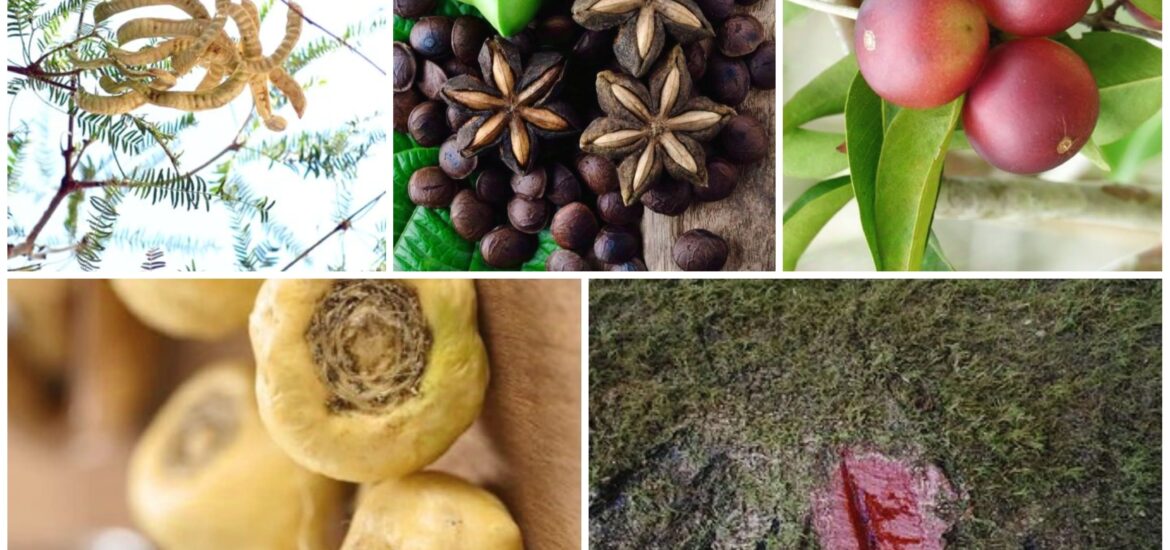Welcome to the enchanting realm of health-beneficial plants in Peru! Our vast and diverse country is a treasure trove of nature, showcasing life in all its forms, including plants with remarkable healing properties that ancient inhabitants and Peruvian Indigenous peoples have used in traditional medicine for centuries.
Join us as we delve into this fascinating part of Peru, exploring how these invaluable gifts of nature contribute to health and wellness. Let’s dive in and discover the wonders of Peruvian medicinal plants!
Peruvian Algarrobo
The Peruvian algarrobo tree, also known as the carob tree, thrives in Peru and the Mediterranean. It grows 8 to 20 meters tall and features a twisted trunk, dark green leaves, and pods with flat seeds. Every part of this tree is useful, as its leaves serve to feed animals, the pods are nutritious, and the wood is useful for construction.
The Carob tree has historical ties with the Incas and is now a popular health food. Algarrobo’s sweet, chocolate-like flavor, makes it an excellent substitute for chocolate. In cuisine, Carob powder is a recipe favorite, especially among vegans and raw food enthusiasts.
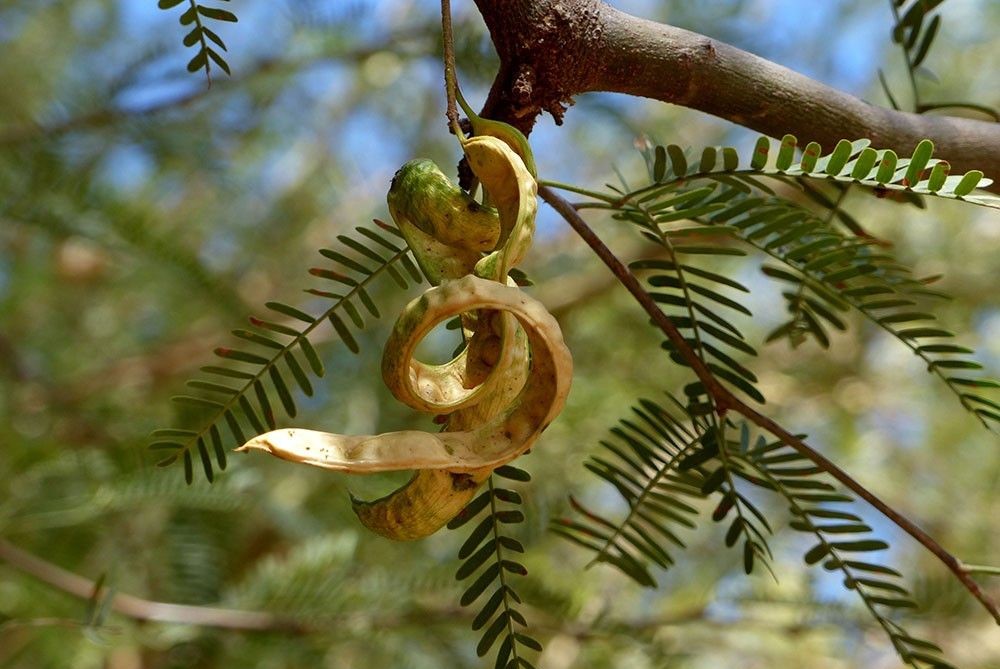
Health Benefits
It’s rich in pectin and fiber, aiding digestion, and contains antioxidants like gallic acid, which helps with allergies. You can roast Algarrobo seeds and grind it to make a caffeine-free coffee alternative, ideal for those monitoring blood pressure.
Its benefits also include better digestion and lower cholesterol. In summary, the Peruvian Algarrobo tree enriches local cuisine and significantly contributes to health and nutrition.
Andean Maca
Maca is a wonderful root from the Andes, considered a “superfood” thanks to its health benefits. It grows high in the Peruvian Andes, at altitudes of 3,500 to 4,000 meters where it thrives in challenging conditions. Maca has a rich history, dating back to pre-Inca times, and it has long been seen as a symbol of strength, vitality, and overall health.
You can find maca in three varieties: black, red, and yellow, each with its own special benefits. For example, black maca is known to help improve memory, while red maca is great for supporting prostate health and strengthening bones. Traditionally, people enjoyed maca roasted, as a jelly, or in extract form. Today, it has become popular in juices, smoothies, and baked goods.
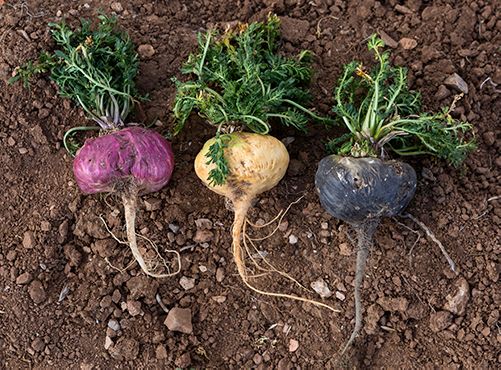
Health Benefits
This amazing root is packed with medicinal properties, for example, it contains vitamins A, B1, B2, C, E, and essential minerals like iron, calcium, and magnesium, making it a true nutrient powerhouse. Recent research supports many of these health claims.
Studies show that maca can boost energy, help balance hormones, and relieve symptoms of menopause and fatigue. Plus, it’s gluten-free and fits into many different diets. With its impressive health benefits and versatility in the kitchen, maca has truly earned its place as a global superfood.
Chanca Piedra
Chanca Piedra is a lovely tiny medicinal plant that grows between 30 to 60 cm tall. Its soft bark and greenish-yellow leaves, adorned with small flowers, make it quite charming. This plant means “stonebreaker,” and perhaps you wonder why.
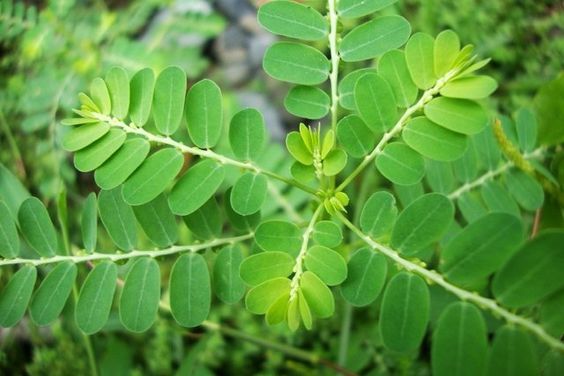
Health Benefits
Well, the answer is that this plant has the property to help with gallstones and kidney stones. What an accurate name for it, isn’t it? This amazing plant contains alkaloids that can relax the urinary and bile ducts, making it easier for the body to remove stones. It also has properties that fight against tough bacteria, such as Staphylococcus aureus and hepatitis B.
Additionally, Chanca Piedra is an antiinflammatory for muscle tension, providing relief for issues like kidney inflammation, UTIs, gout, and digestive concerns. To use Chanca Piedra, simply boil 3-6 grams in 700 ml of water for 5-10 minutes.
Camu Camu
Camu Camu is a remarkable little tree that grows in the Peruvian Amazon rainforest, thriving in areas that might flood. The fruit it produces is often called a “super fruit” because it is loaded with vitamin C—about 40 to 50 times more than oranges!
You can simply mix it with water or toss it into smoothies and desserts for a tasty boost. As more people discover its wonderful benefits, Camu Camu’s popularity is growing, especially in Japan, where people use it in different products. This trend highlights its value as a nutritious supplement that many can enjoy.
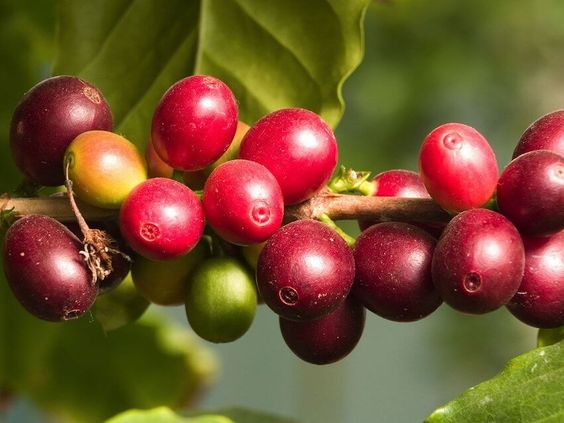
Health Benefits
Along with vitamins, it also contains important minerals, amino acids, and antioxidants, all of which contribute to its many health benefits. For generations, indigenous communities have used Camu Camu for its health-boosting properties as it helps reduce inflammation and can fight off viruses and bacteria.
This amazing fruit supports the immune system, protects the liver, and aids in digestion. Regularly enjoying Camu Camu can even help with respiratory problems, and chronic fatigue, and may enhance fertility. You can find Camu Camu in several forms, including capsules, lozenges, and powder, being this last one particularly convenient.
Sacha Inchi
Sacha Inchi is another wonderful medicinal plant species from the Peruvian Amazon that many people appreciate for its nutrition and versatility.
It produces star-shaped fruits filled with seeds that are rich in omega-3, 6, and 9 fatty acids. These nutrients are important for keeping our hearts healthy, aiding digestion, and supporting brain function.
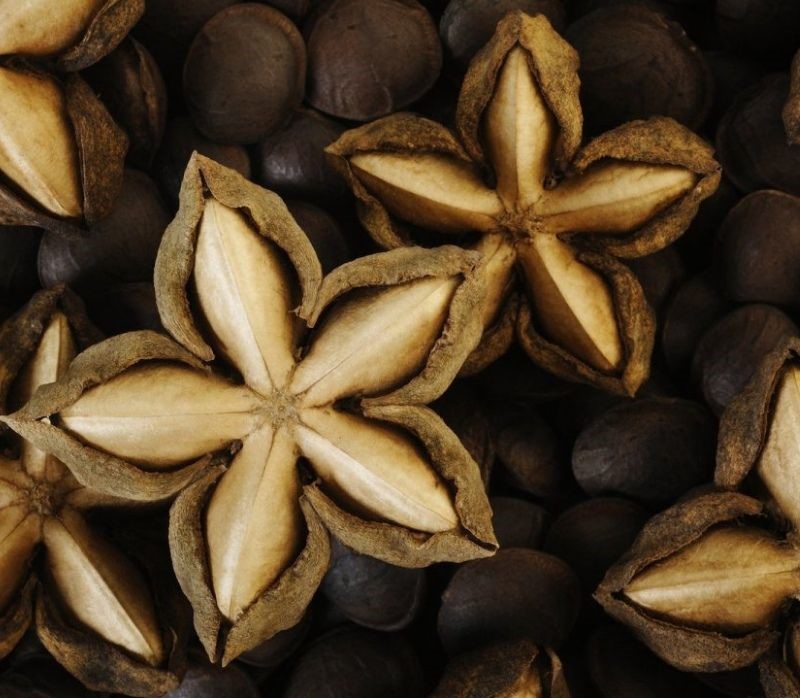
Health Benefits
People around the world admire the oil from Sacha Inchi seeds for its many health benefits. It can help lower cholesterol, boost immunity, and reduce inflammation. Plus, it’s gentle enough for everyone, including children and pregnant women.
In addition to its health benefits, Sacha Inchi oil can work great for your skin and hair. It helps maintain healthy skin and hair, offering anti-aging properties that keep skin looking vibrant and can even help prevent hair loss.
Sangre de Grado
Sangre de Grado, as we know it in Peru, is a remarkable tree that grows in the Andes mountains, typically between 300 and 2000 meters. It can reach a height of 10 to 20 meters and features unique red and grey bark along with lovely white-spotted leaves.
The heart-shaped leaves, which measure 12 to 30 cm long, and the dragon-shaped, hairy fruits are truly eye-catching. When you cut the bark, it releases a dark red liquid, which is how it got its interesting name.
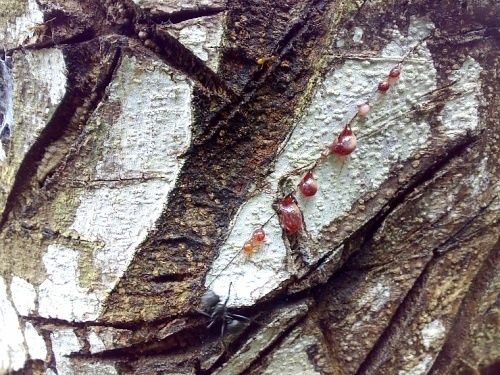
Health Benefits
In Peru, people highly value this tree for its healing abilities. It has strong antiviral, antibacterial, and antioxidant properties. The main component, taspine, is known for fighting inflammation and promoting healing. Because of this, it can be very helpful for treating wounds, stomach problems, and infections. Research even shows that it can assist with diarrhea, AIDS, and ulcers, while also supporting skin healing.
For those interested in using it internally, it is recommended to start with 5 to 20 drops mixed in water daily, preferably on an empty stomach. You can gradually increase the dose as needed. Sangre de Grado is certainly a valuable addition for anyone looking to treat cuts, burns, and various skin conditions.
The world of natural medicine in Peru is even more exhaustive, but we hope this compact list we prepared can be beneficial for you and your health! Peruvian culture and ancient natural assets are highly appreciated by Peruvians.
We’d like you to try them for yourself if you can get these plants in your country, but especially if you can try them in Peru! For your travel to Peruvian lands, we recommend Viagens Machu Picchu, leave us all the settings of your trip, so you can only worry about how to have fun! Contact our experts right now to start living your dreams in Peru.
Viagens Machu Picchu, journeys that inspire, moments that last.
| Español > Viagens Machu Picchu |
| English >Viagens Machu Picchu |
| Portugués > Viagens Machu Picchu |

